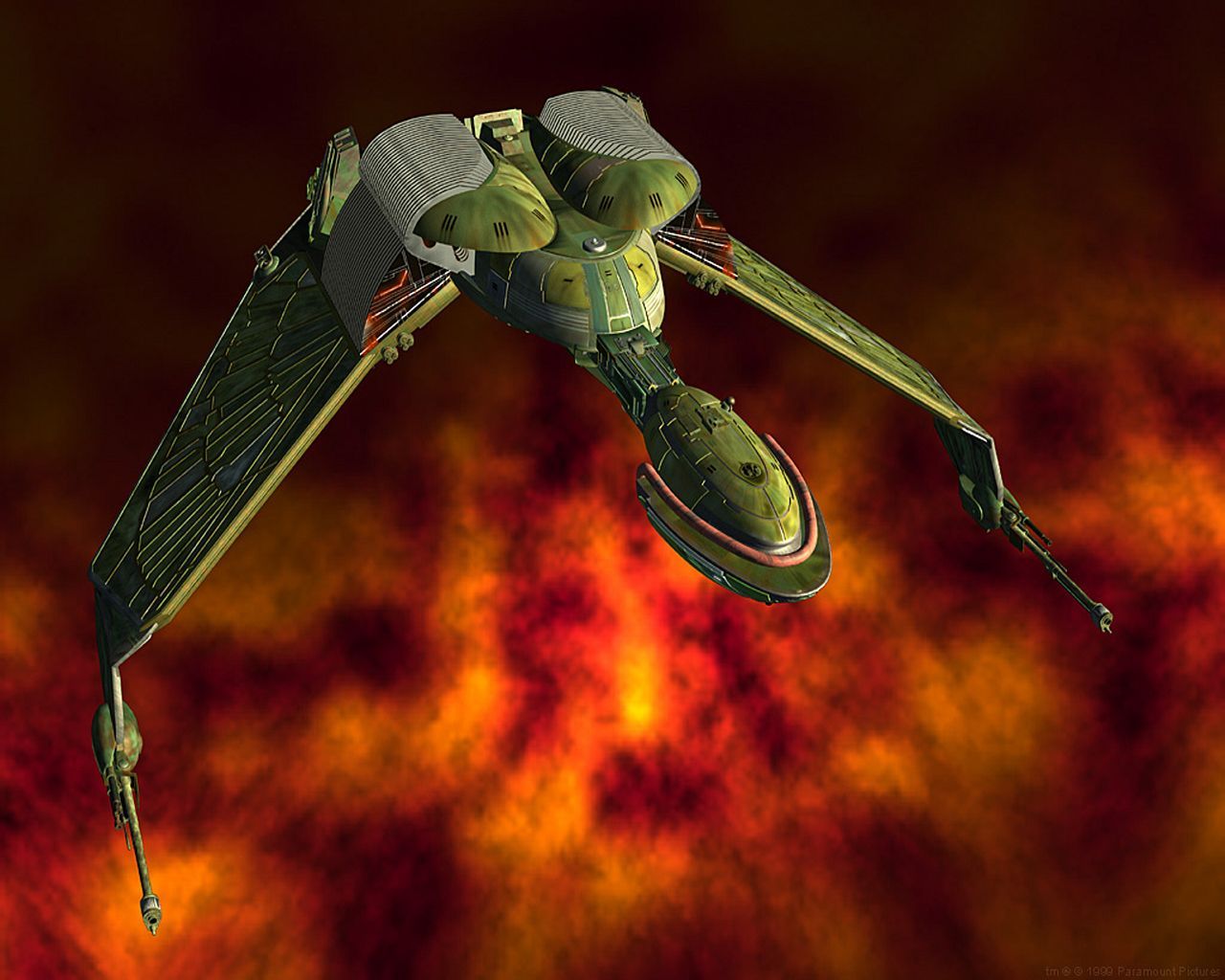- cross-posted to:
- linux@lemmy.ml
- cross-posted to:
- linux@lemmy.ml
This was a great write up by Roman. Pipewire is even cooler than I thought it was.
Linux has a standardized API called Advanced Linux Sound Architecture (ALSA). Another layer above ALSA, a sound server, should handle interactions with userspace applications. Initially, that layer was Pulseaudio and Jack, but it was recently replaced by Pipewire.
“Initially?” Pulseaudio was released in 2004. By then, Linux had been around for 13 years, and ALSA had been around for 6 years. And it took some years before Pulse became common.
Pulseaudio was first adopted by a major distribution in Fedora version 8, in 2008 - when ALSA was already 10 years old - and even later by Debian, Ubuntu, and so on.
“Initially” is entirely inappropriate here. Pulseaudio is Poetteringware and has no relationship to any original or early Linux audio subsystems.
While still not correct with that in mind, the “initially” refers to a sound server a that sits above ALSA. There were others before Pulse, for example the aRts daemon and ESD. However, these were mostly used within their respective Desktop Environment while the rest used ALSA directly, so Pulse being the first Sound Server being widely used under Linux is one way to look at it. JACK on the other hand never left the (semi)professional niche I think.
In fairness to Pulse, Pipewire built heavily on its foundation; in fact, is initially was only supposed to be “Pulseaudio for video”, and Pulse led to huge improvements in ALSA and audio drivers. Pipewire simply couldn’t have worked as well back then as it does today if it had been released when Pulse was initially.
Thanks for sharing!






